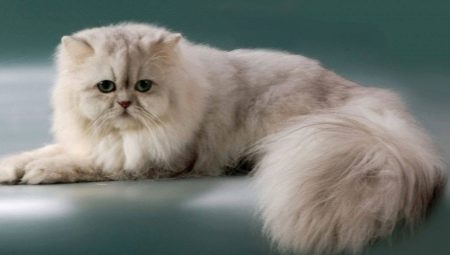Among the most different breeds, Persian cats occupy a special place. Indeed, many of them in appearance really resemble hairy beautiful toys, as if from a cartoon. But Persian cats and cats with chinchilla color, which is considered quite rare, exotic and prestigious, look especially luxurious. Representatives of the Persian breed are very affectionate, they are always attached to their masters.
In this article, we will learn more about the description of this breed, get acquainted in detail with the nature of cats and kittens, and also consider the main recommendations for grooming and feeding.
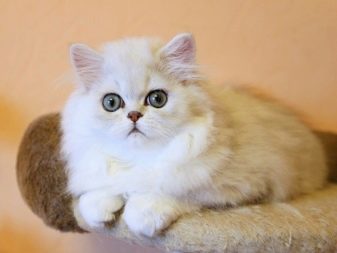
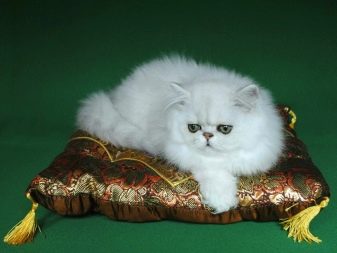
Origin history
Persian cats first appeared in Britain, and therefore it is not in vain that they are ranked among aristocratic cats, which have peculiar manners of behavior and communication with people. There are several assumptions about the origin of this breed, all of them mainly boil down to crossing several breeds and breeding a new one. There is information that this color originated from the blue color, which is very similar to gray.
As for obtaining the direct color of the "chinchilla", it was artificially bred by breeders through long years of painstaking work. It is believed that to obtain a luxurious light shade of wool with a little blackout, initially chinchillas were crossed with smoky British. A little later, golden chinchillas appeared.
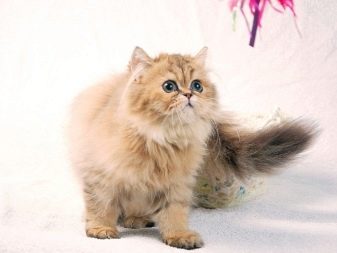
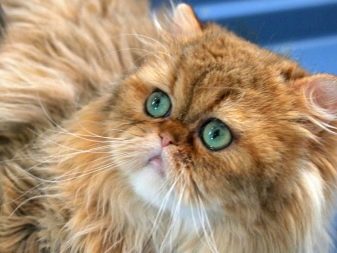
Persian cats and chinchilla cats are very popular not only in England, but throughout the world, including Russia, where nurseries for breeding kittens of this color appeared relatively recently.
Breed standards
Persian chinchillas are considered the kings of their breed, as they have a truly luxurious color of their printed fur coat. The most common representatives are silver and gold chinchillas. Consider the basic description of the breed and the prevailing animal features.
- The nose, like all purebred Persians, is flattened. This is an unshakable standard. The head is relatively small.
- Ears have small but fluffy tassels.
- A characteristic feature is always a luxurious fluffy tail, which requires close attention. The hairs on the tail are always a little longer than on the whole body.
- The main feature of the pure Persian breed is a pleasant plush animal fur that resembles a polar fox.
- This breed can be considered large, since the Persians can reach 7-8 kg, cats, as a rule, are slightly less, their weight is usually not more than 4-4.5 kg.
- Cats and cats have chinchillas with a very proportionate and muscular body, but due to the large amount of hair their legs are not very visible and they seem a little shortened.
- Large eyes also belong to the breed standard. Mostly in chinchillas they have a bright emerald hue.
- On average, Persian cats and cats live 15-17 years, with proper care for them. Life expectancy increases if the animal is sterilized.


The secret of silver wool is that in appearance it is completely light, including the undercoat, but the tips are dark, which creates the effect of an iridescent silver haze.
In golden Persian chinchillas, the undercoat, as a rule, has a milky, reddish or cream shade, and the hairs themselves are dark at the ends. This color can be observed on the animal’s stomach, ears, breast and legs. But on the head and tail, the hairs have smoky dark endings, which creates a unique golden-colored wool with tints.


Nature and behavior
The character of the Persian chinchillas is very flexible. Sometimes it may seem that they are lazy, but in fact they are just wayward, although often they are not averse to playing with the owner. Persian kittens, and adult chinchillas can easily be attributed to very affectionate and obedient animals that do not cause trouble to their owners.
It is very easy to find a common language with the Persians. If from childhood they accustom them to bathing and regular combing, then over time they will get used to everything and even love these classes. Persian cats and cats are not only great owners, but they get along well with children, and they also side by side with other animals in the house or apartment without any problems, but only if you teach them from childhood. If a dog is suddenly hooked to an adult cat, a chinchilla or a Persian, then there is a risk that they will not get along.
This is due to the fact that representatives of this breed are aristocrats and feel their particular superiority over other animals. Including cats of other breeds and dogs.

Persian chinchilla cats are very curious, but if you do not pay attention to them, they may not find their place and even become apathetic. If the owner can not devote proper time to the pet, then he is recommended to make a couple. It is believed that chinchilla Persians have a special intelligence that allows them to quickly learn new things. They adapt perfectly to a new place of residence, and it will not be difficult to accustom them to the tray and place of sleep.
Persian chinchillas are very noble, without any problems they can be left alone in the house.
As a rule, they do not spoil anything, but since childhood it is best to accustom them to the scratching post.

Animals easily find what to do in their free time. The main thing is to leave them some toys. Cats and older cats do not really like to play on their own, but for young individuals, ordinary artificial mice are enough. You have to always play with adults, otherwise they may start to be lazy.This is especially true for sterilized pets, prone to gain weight.
Feeding recommendations
To date, there are several options for diets that may suit the Persians. The first is a diet consisting of ready-made dry food, specialized canned food and wet food in batches. The second is home feeding, consisting of meat and vegetables that need to be cooked on their own.
There is also such a diet when cats are completely kept in the feed, but sometimes they are given meat.
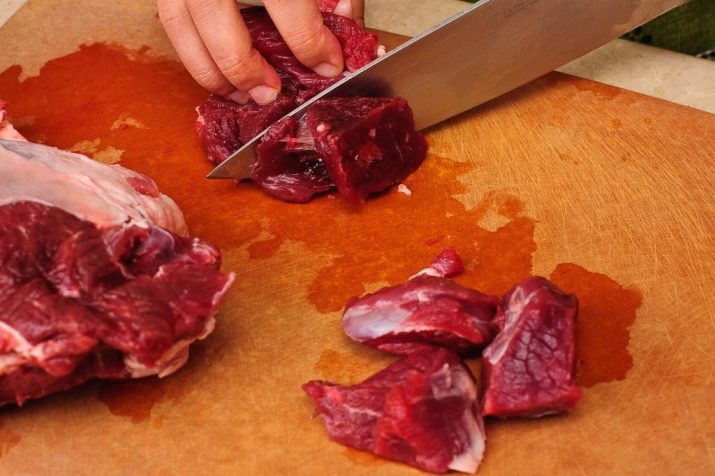
It is very important to feed Persian chinchillas on a schedule, whatever diet. So, according to many veterinarians, in the modern world it is best to choose ready-made balanced premium feeds that are made taking into account the needs of the body of each animal.
Ready-made feed has everything you need to maintain the health of not only adults, but also small kittens. Of course, premium feeds will be quite expensive, but the owners will not have to spend time preparing other foods, and there is no difference in terms of money costs. Ready-made feeds contribute to the normalization of digestion, saturate the animal’s body with everything necessary so that its hair does not fade and looks well-groomed, and dry food also serves as a prevention of caries.


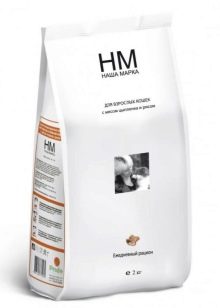
If we talk about self-cooking, then the following foods must prevail in the diet of the Persians.
- Low-fat meats, including rabbit, poultry (except duck and goose) and young lamb.
- It is desirable to exclude fish. Fried meat, fish and chicken bones are completely contraindicated.
- Mandatory in the diet and boiled vegetables.
- Sometimes you can give raw chicken meat, cut into small pieces. Before serving the animal, the meat should be rinsed with boiling water.
- You can give low-fat cottage cheese, yogurt without additives and boiled yolk, but infrequently.
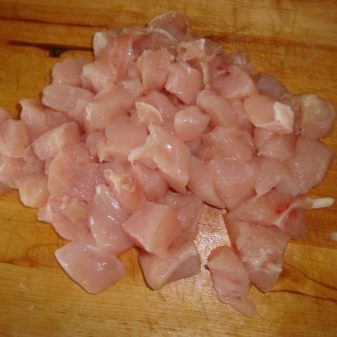
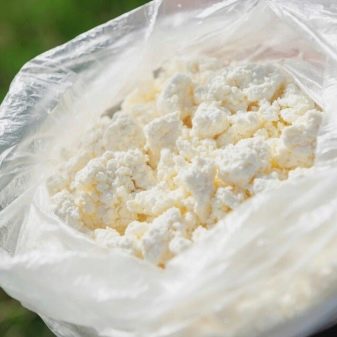
All foods that a person eats should be avoided. Cats should not be given chocolate, rolls, smoked meat, all spicy and seasoned.
It is also undesirable milk, it is best to replace it with dairy products.
As vitamins, cats can be given greens from germinated grains. Any specific vitamins, for example, from hair loss, should always be added to the diet only if necessary, and only after consulting a veterinarian.
It is very important to always wash the bowls of the Persians after eating so that bacteria do not breed in them. Persians should always have clean drinking water. Especially if the animals are dry food. When using dry food, cats drink water more often.
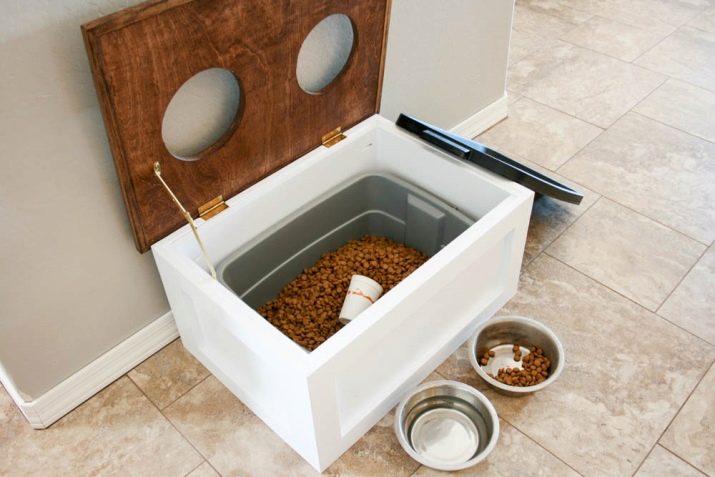
Of course, the choice between self-cooking of pets and prepared food should be based on their own abilities and preferences, but do not forget about the characteristics of animals. So, if a cat or cat is sterilized, it is best for them to purchase specialized food, which serves as a preventive measure for gaining excess weight and a disease such as urolithiasis.

How to care?
Caring for Persian chinchillas is not so difficult as it might seem at first glance.
- Pets should be washed 1-2 times a year with special shampoo. Human will not do. If in summer the cat or cat often walks, then you can wash the animal with flea shampoo.
- It is advisable to cut the nails once a month or as they grow. For this, ordinary scissors will not work, but only a special nail clipper.
- It is recommended to comb fluffy chinchillas several times a week. When forming the warlocks, they should be carefully trimmed.
- Once a year, Persians are necessarily shown vaccinations against rabies and from underlying diseases. Before vaccination, a cure for parasites must be given (usually in 1-2 weeks).
- It is very important to monitor the eyes of the Persians, which are often problems.If the eyes began to flow abruptly, you can wash them with a cotton pad (or gauze) and warm boiled water, chamomile tea or tea, but without sugar. Also drip 1 drop of special drops in each eye. It is strictly forbidden to drip antibiotics immediately, in veterinary pharmacies there are special non-aggressive drops for the prevention of viral and bacterial infections of the eyes.
- Give any pills only after consulting a veterinarian.
- The cat tray should be replaced as it is full. Do not delay the process, as the Persian chinchillas are very clean. As a filler, you can choose silica gel, which has good absorbent properties, wood filler, mineral or any other. Do not be afraid to change the filler over time, if for one reason or another it does not fit. Persians very quickly adapt to a new smell of filler.
- For the prevention of fleas and ticks in the summer, it is recommended to wear protective collars on animals or drip special drops on the withers, they are considered harmless.


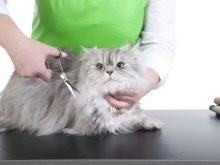
It is best if the Persian cat or cat has its own habitat, for example, a ready-made cat house, where the animal can play and relax.

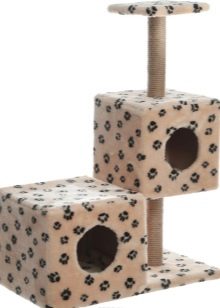
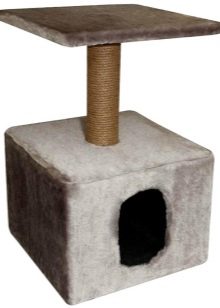
To purchase purebred Persian golden and silver chinchillas is only in licensed nurseries with a good reputation. Their average price reaches 20 thousand rubles and more.
If you are offered a purebred chinchilla without a pedigree for 3-5 thousand, most likely it is not purebred.
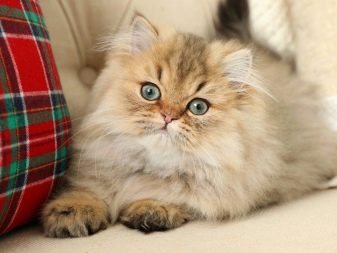
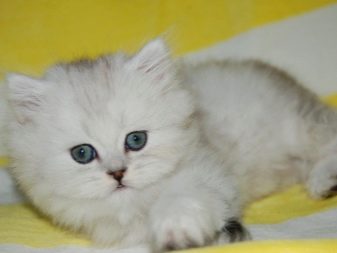
The story of the felinologist about Persian chinchillas, see below.
